The best coffee beans in Asia, coffee beans, coffee beans, coffee beans
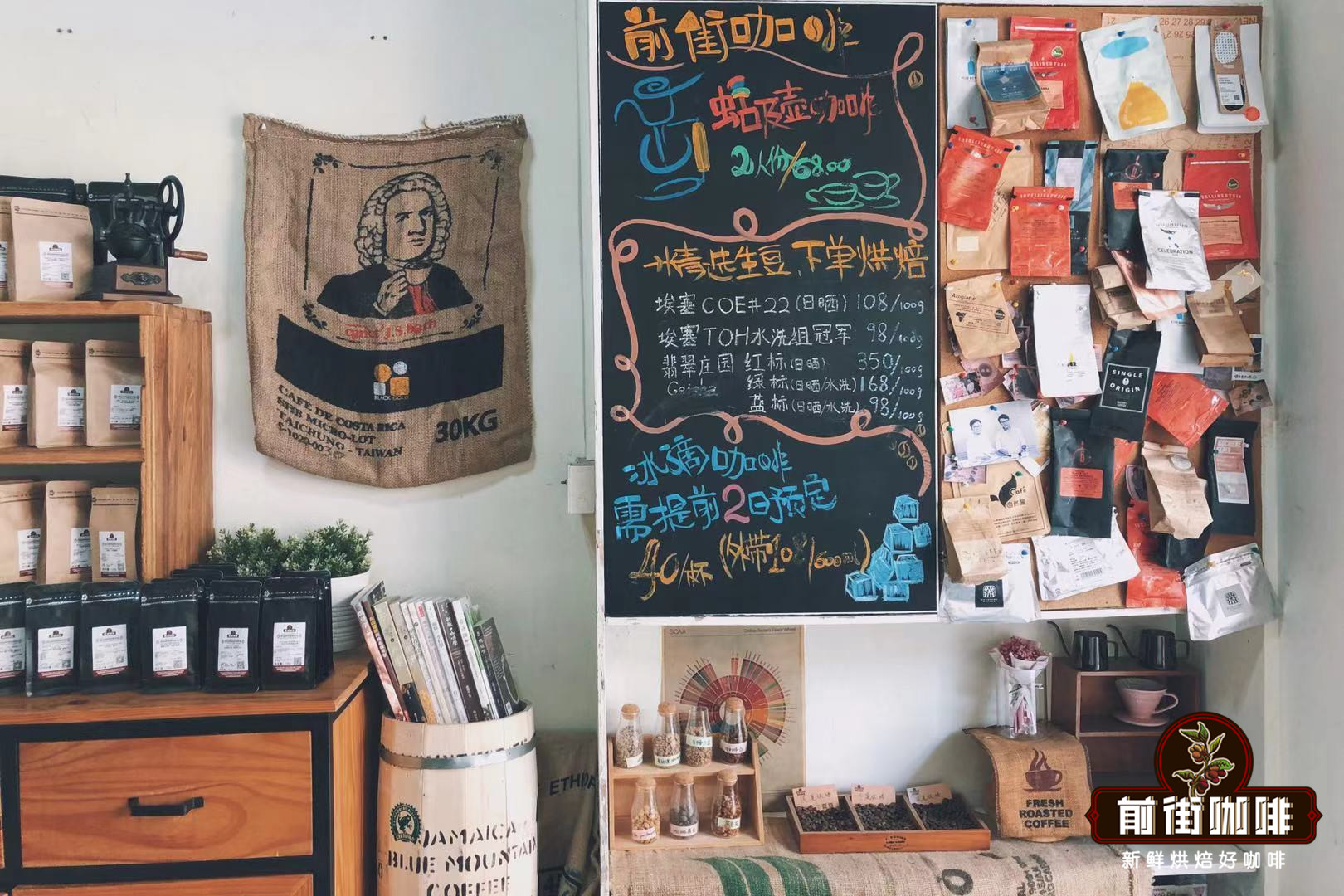
Professional coffee knowledge exchange more coffee bean information please follow the coffee workshop (Wechat official account cafe_style)
Qianjie Coffee believes that the Asian coffee producing region is one of the three largest coffee producing areas in the world, in fact, the famous coffee producing countries are not as many as the other two coffee producing areas, but the output is not to be underestimated, and it also has its unique and recognizable flavor. The overall flavor of Asian coffee producing areas will be mellow and mellow, with a strong and round sweet taste. Qianjie Coffee feels that it is precisely because of the heavy nature of Asian coffee that it is very suitable to be used as a base when making Italian coffee. Of course, it is also a good choice to be used as a single product. Well-known coffee producing countries in Asian coffee producing areas are Indonesia, China, Vietnam, India and Papua New Guinea. There is no ranking in the following introduction.
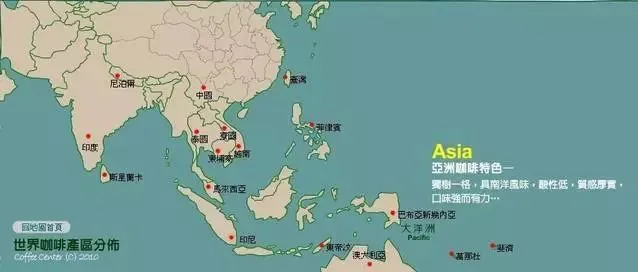
[Indonesia]
Indonesia Indonesia is located in southeastern Asia. In 1696, in order to expand the coffee growing base, the Dutch found Indonesia and first introduced coffee beans to the country's Java island to grow coffee beans in large quantities. However, in 1877, leaf rust swept through almost all coffee trees in Indonesia, and Arabica coffee beans were almost wiped out, causing heavy losses.
Later, Indonesia introduced robusta coffee beans from Africa. Robusta coffee beans have strong disease resistance, which makes up for the economic losses caused by the disease resistance of Arabica coffee beans. Indonesia is now the main producer of robusta coffee beans in the world. Robusta coffee beans are grown in southern Sumatra, Indonesia, while Arabica coffee beans are grown in northern Sumatra, Indonesia. Although Arabica coffee beans account for only about 10% of the total coffee beans in Indonesia, they are enough to attract the attention of the world, including Manning coffee as we all know.
[coffee bean treatment]
The main treatment methods of Indonesian coffee beans are sun treatment, water washing and wet planing. Because of the humid climate, Rain Water frequently, in order to pursue a more efficient drying, the use of water washing treatment and wet planing method.
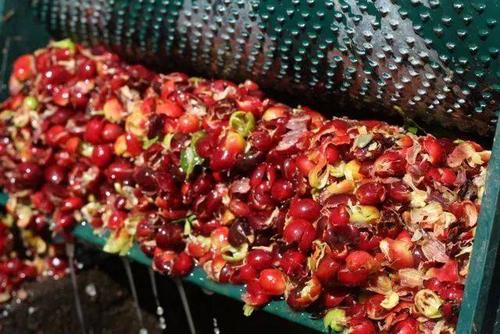
The most famous coffee bean treatment in Indonesia is the wet planing method. The area where this treatment is used is mainly distributed in Sumatra in western Indonesia, which is rich in rich Mantenin coffee. The wet planing method mainly has two stages: peeling off the peel and pulp of the coffee fruit, briefly fermenting and drying until the moisture content is reduced to 12-13%. This rapid treatment can cause coffee beans to be squeezed and cracked, which is what we call sheep's hoof beans, which is a characteristic of Mantenin coffee beans, not a flaw.
In addition to the conventional wet planing, there is also an old wet planing method. Coffee beans are first treated by ordinary wet planing, and then sealed in the warehouse for 2-3 years. During this period, the acidity of the coffee beans will slowly weaken and turn into sugar, and the Mantenin coffee beans treated with this method are also called old Mantenin coffee beans.
[type of Manning Coffee]
The main production area of Mantenin coffee beans is located in the area of Lake dopa at the northern tip of Sumatra, Indonesia. The common Mantenin coffee beans are gold mantenin coffee beans, Lindong mantenin coffee beans and old mantenin coffee beans. The difference between these three mantenins is that Lin Dong Mantenin represents the most Mantenin flavor and has a strong herbal flavor.
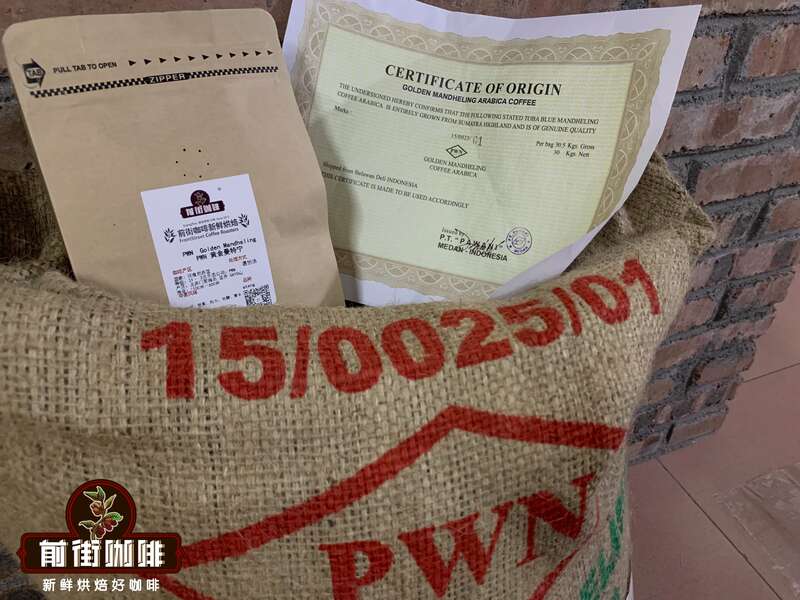
And Golden Manning is a selected grade PWN (Indonesia's local Mantenin company) Mantenin, bean size is uniform and more than 18 mesh, manual screening more than 4 times, its taste is clean and bright, but mellow taste is also excellent. Old Manning has also said before that the use of different wet planing treatment will bring out a stronger flavor, which is not acceptable to ordinary people.
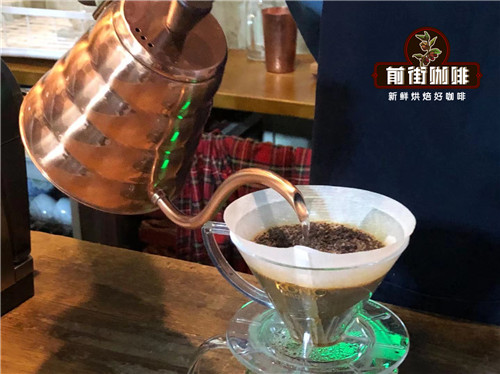
Suggested cooking parameters: Kono filter cup, 88 ℃ water temperature, 15g coffee powder, 1:15 water powder ratio, medium fine grinding (BG#6W)
Suggestion on brewing: Qianjie coffee is recommended to be steamed in stages, 30 grams of water for 30 seconds, 125 grams of small water injection, 225 grams of water injection when the water level is about to be exposed, and the extraction time is 2 minutes.
Flavor description: nuts, spices, herbs, licorice, chocolate, caramel, clean and soft flavor.
[Lin Dong Manning]
Lin Dong Mantenin is produced in the Lindong Mountains of north-central Sumatra, near Lake dopa. Qianjie coffee rations beans have Lin Dong Manning, which reflects the flavor of Manning. Although Qianjie coffee rations beans are not as perfect as manor beans, they all show the main flavor of that producing area, with a very high performance-to-price ratio.
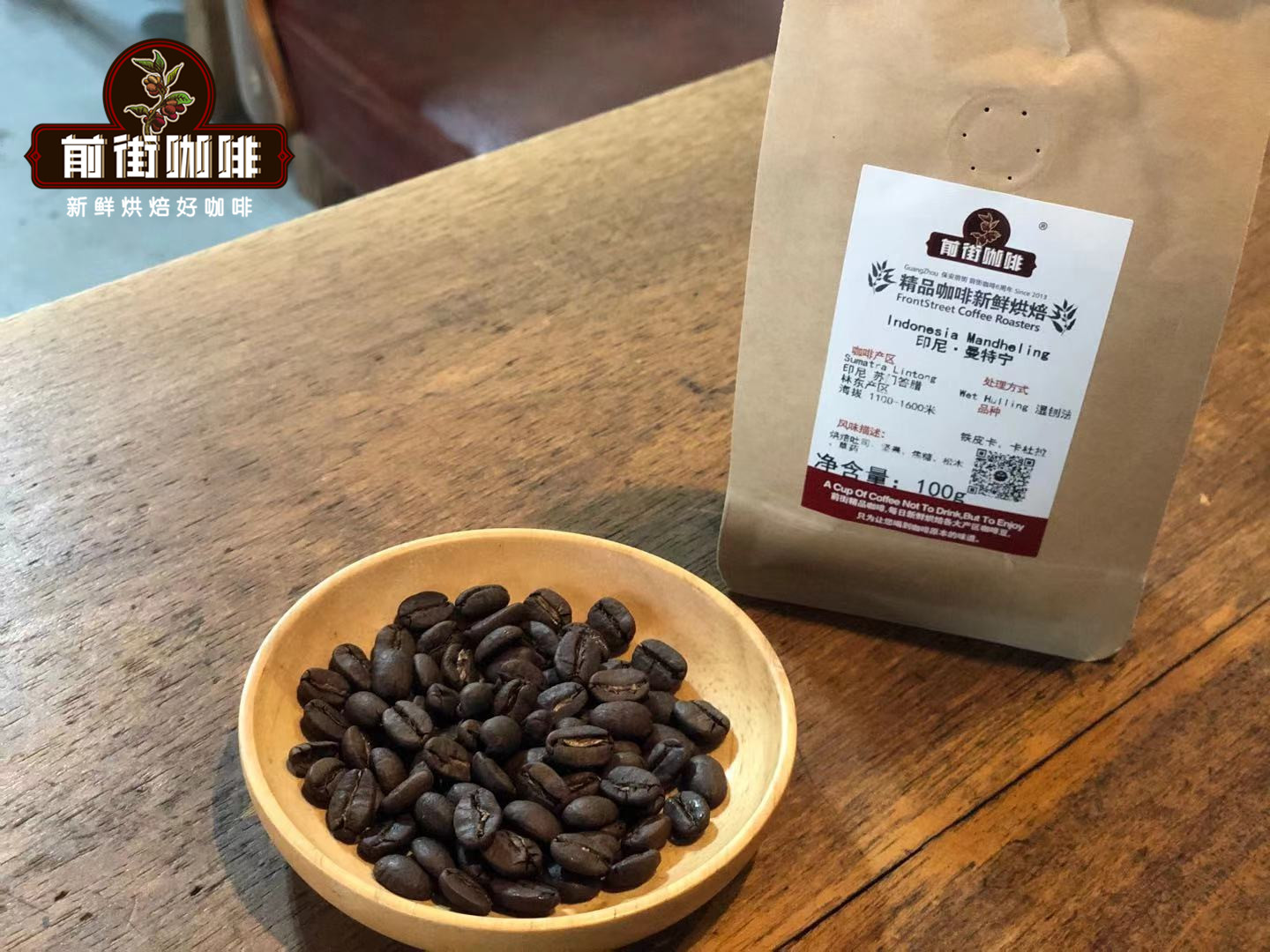
Suggested cooking parameters: Kono filter cup, 88 ℃ water temperature, 15g coffee powder, 1:15 water powder ratio, medium fine grinding (BG#6W)
Suggestion on brewing: Qianjie coffee is recommended to be steamed in stages, 30 grams of water for 30 seconds, 125 grams of small water injection, 225 grams of water injection when the water level is about to be exposed, and the extraction time is 2 minutes.
Flavor description: herbs, chocolate, caramel, well balanced as a whole
[Tiger Manning]
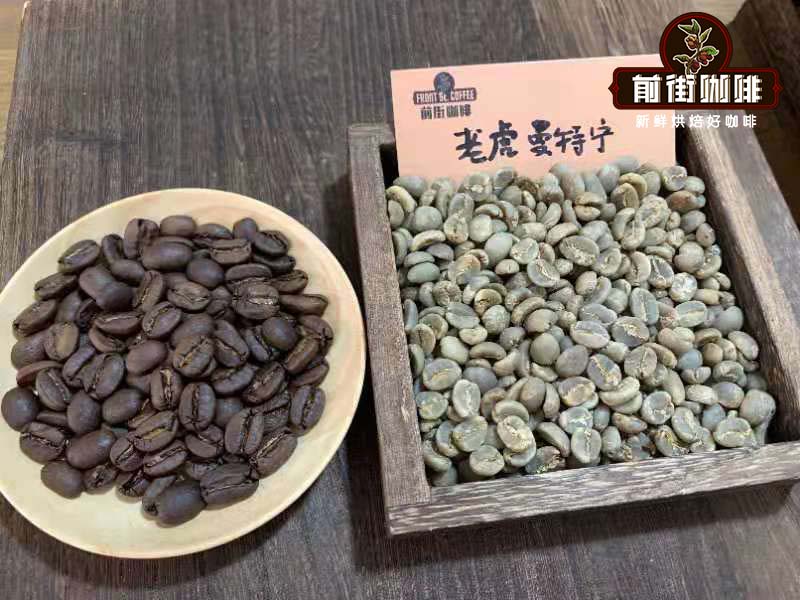
The requirement of Manning tiger is that the taste will have the aroma of traditional Chinese medicine, and only Manning with a defect rate of more than 17 eyes and less than 4% can be called a tiger. Many people will ask the difference between Qianjie Coffee Tiger Man and Huang Jinman. Qianjie Coffee thinks that Tiger Man is relatively minority. Huang Jinman is familiar to the public, and the aroma of Tiger Man will be much better than that of Huang Jinman.
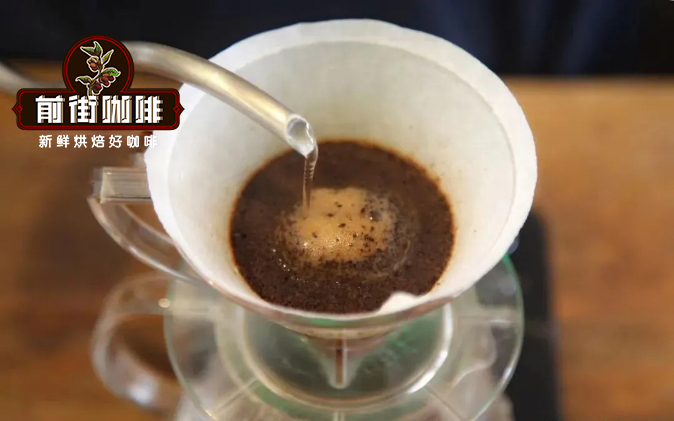
Suggested cooking parameters: Kono filter cup, 88 ℃ water temperature, 15g coffee powder, 1:15 water powder ratio, medium fine grinding (BG#6W)
Suggestion on brewing: Qianjie coffee is recommended to be steamed in stages, 30 grams of water for 30 seconds, 125 grams of small water injection, 225 grams of water injection when the water level is about to be exposed, and the extraction time is 2 minutes.
Flavor description: nuts, cream, dark chocolate, caramel, Chinese traditional medicine, obvious sweetness, clean and clear flavor
[old Manning]
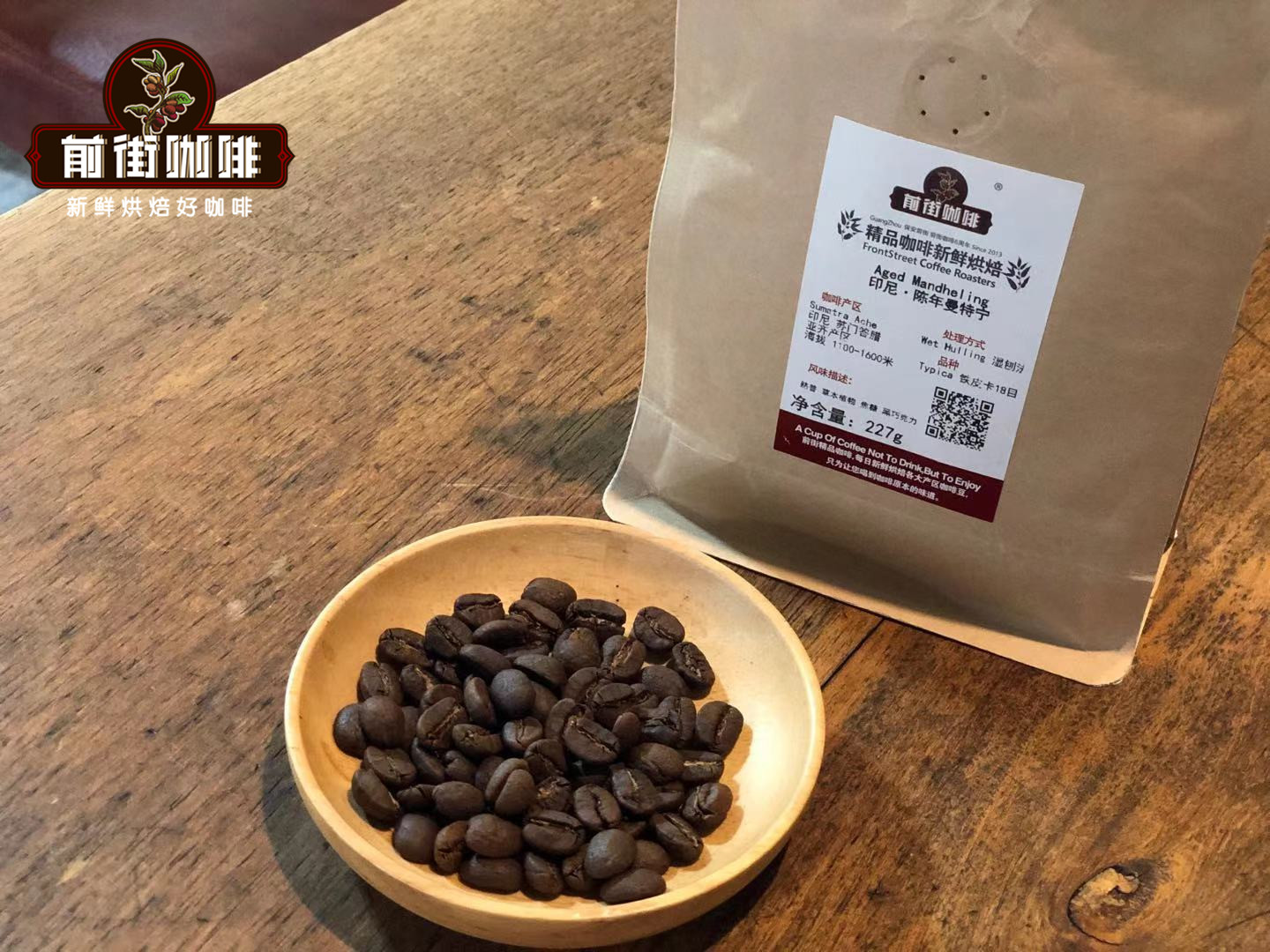
Old Mantenin looks a bit ugly, and properly stored coffee beans will change their taste and shape, such as reduced acidity, dark color and lack of moisture, thicker and thicker taste, and sweetness with honey flavor. some of the defects that originally belonged to raw beans have also become less obvious.
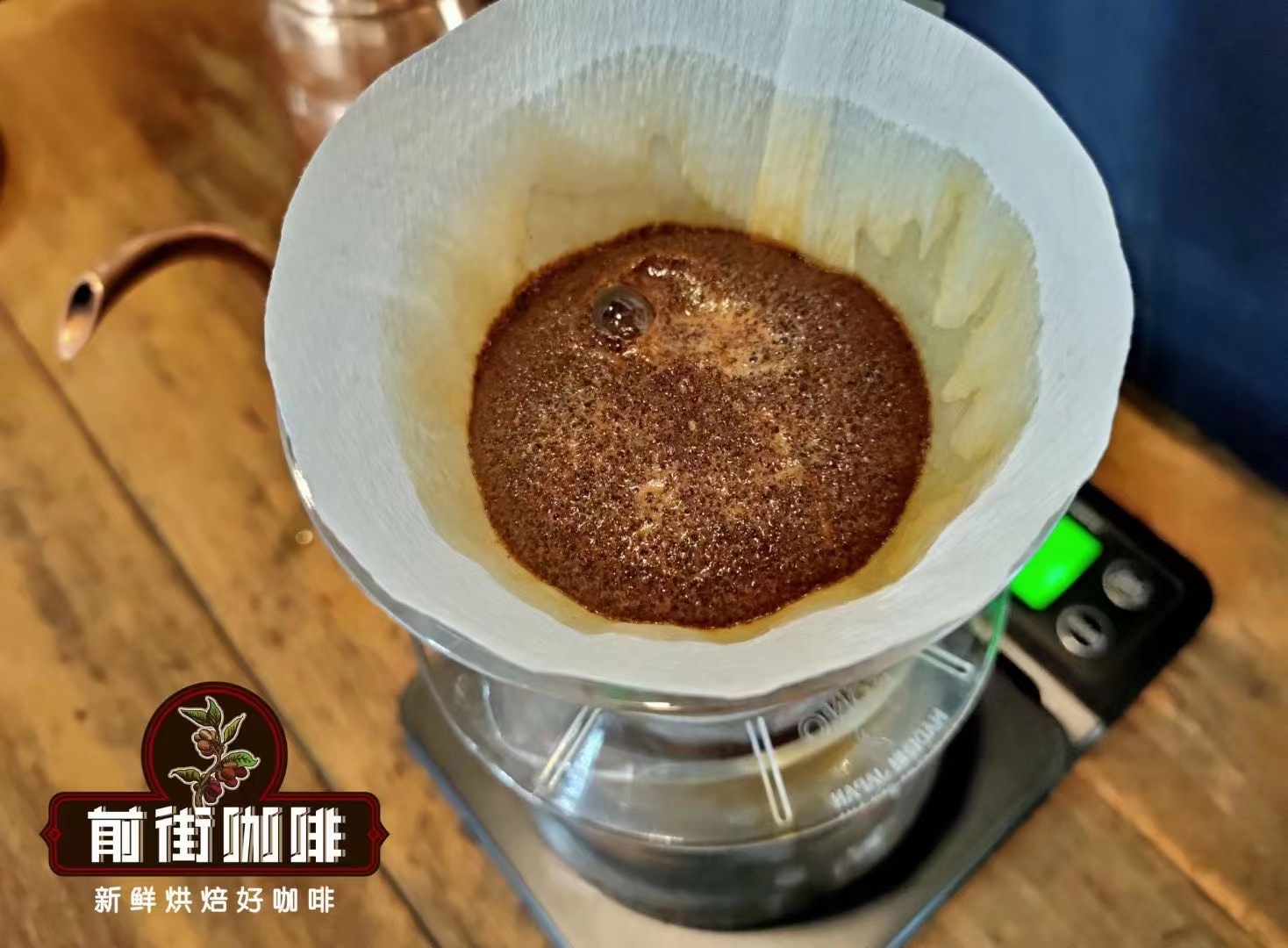
Suggested cooking parameters: Kono filter cup, 88 ℃ water temperature, 15g coffee powder, 1:15 water powder ratio, medium fine grinding (BG#6W)
Suggestion on brewing: Qianjie coffee is recommended to be steamed in stages, 30 grams of water for 30 seconds, 125 grams of small water injection, 225 grams of water injection when the water level is about to be exposed, and the extraction time is 2 minutes.
Flavor description: cooked, caramel, herbs, chocolate, low acidity.
[sunny Manning]
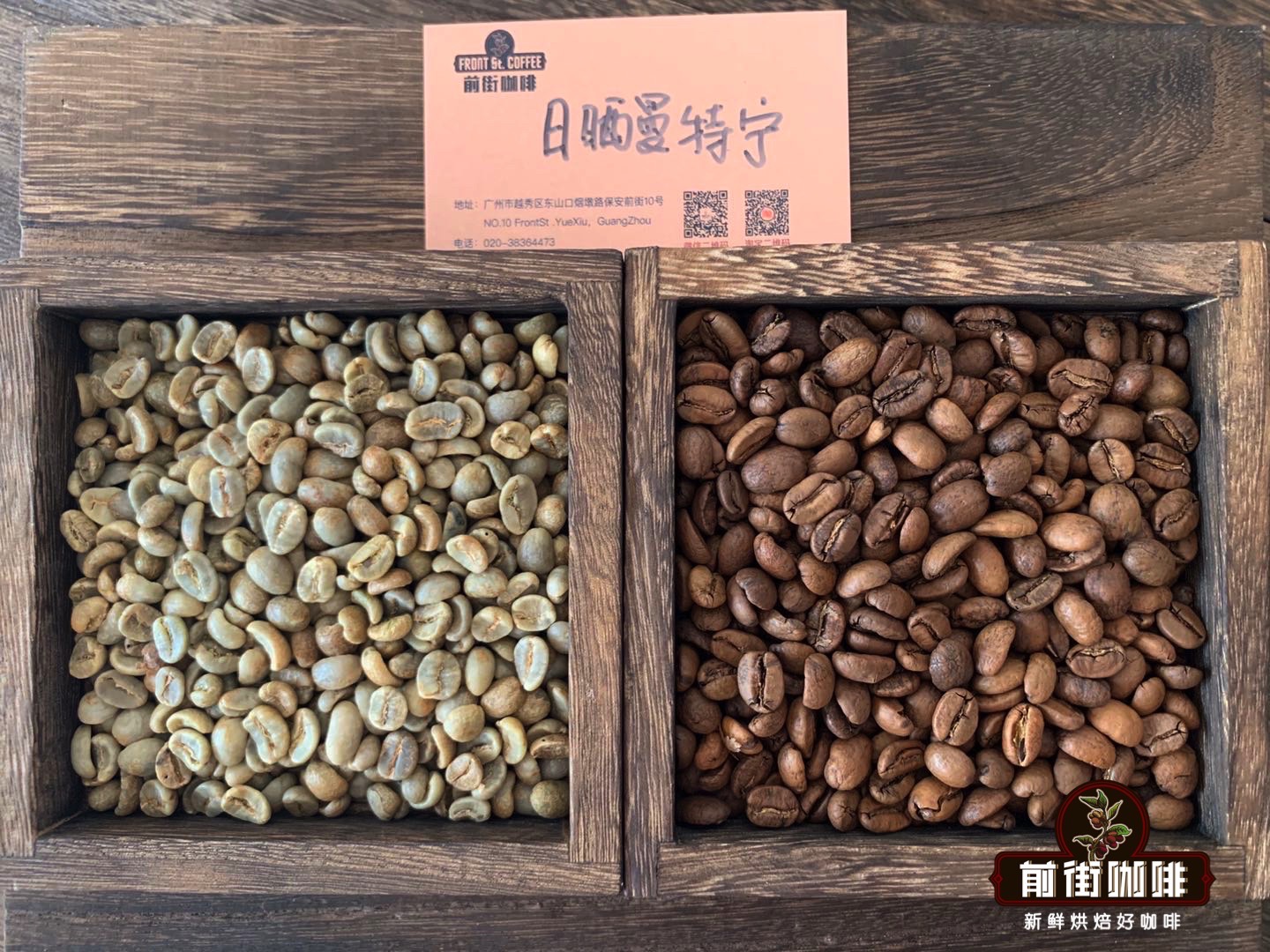
This Mantenin is not the most famous treatment in Indonesia, but uses the sun treatment, which can be said to be a very difficult treatment in Indonesia because of the Indonesian climate.
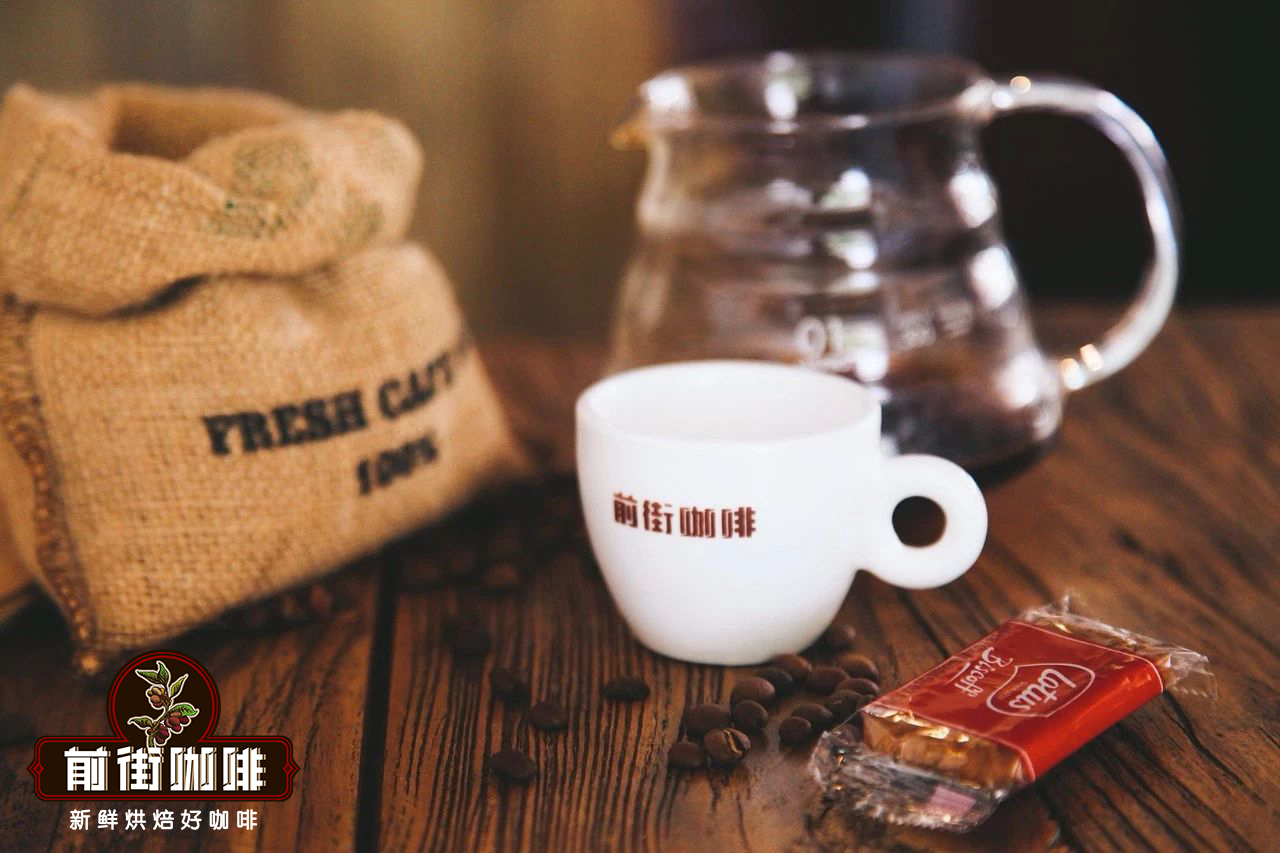
Suggested cooking parameters: KONO,Kono filter cup, 88 ℃ water temperature, 15g coffee powder, 1:15 water powder ratio, medium fine grinding (BG#6F)
Suggestion on brewing: Qianjie coffee is recommended to be steamed in stages with 30 grams of water for 30 seconds, small water injection to 125 grams, water injection to 225 grams when the water level is about to be exposed, and extraction time of 2 minutes and 10 seconds.
Flavor description: tropical fruit, fermented feeling, moderate acidity, smooth taste, obvious sweetness
[China]
Coffee growing areas in China are mainly distributed in Yunnan, Hainan and Taiwan. Hainan mainly grows robusta coffee beans, while Yunnan and Taiwan mainly grow Arabica coffee beans. At present, Yunnan is the most popular coffee producing area in China.
Yunnan is located in the south of the Tropic of Cancer, belongs to the subtropical mountain climate region, the unique plateau red soil, the soil is fertile and loose, the climate is mild, especially suitable for growing small-grain coffee. Small seed is what we call Arabica coffee beans. when it was introduced into China, in order to promote memory, we chose the name small seed instead. The representative coffee bean in Yunnan is Katim coffee bean.
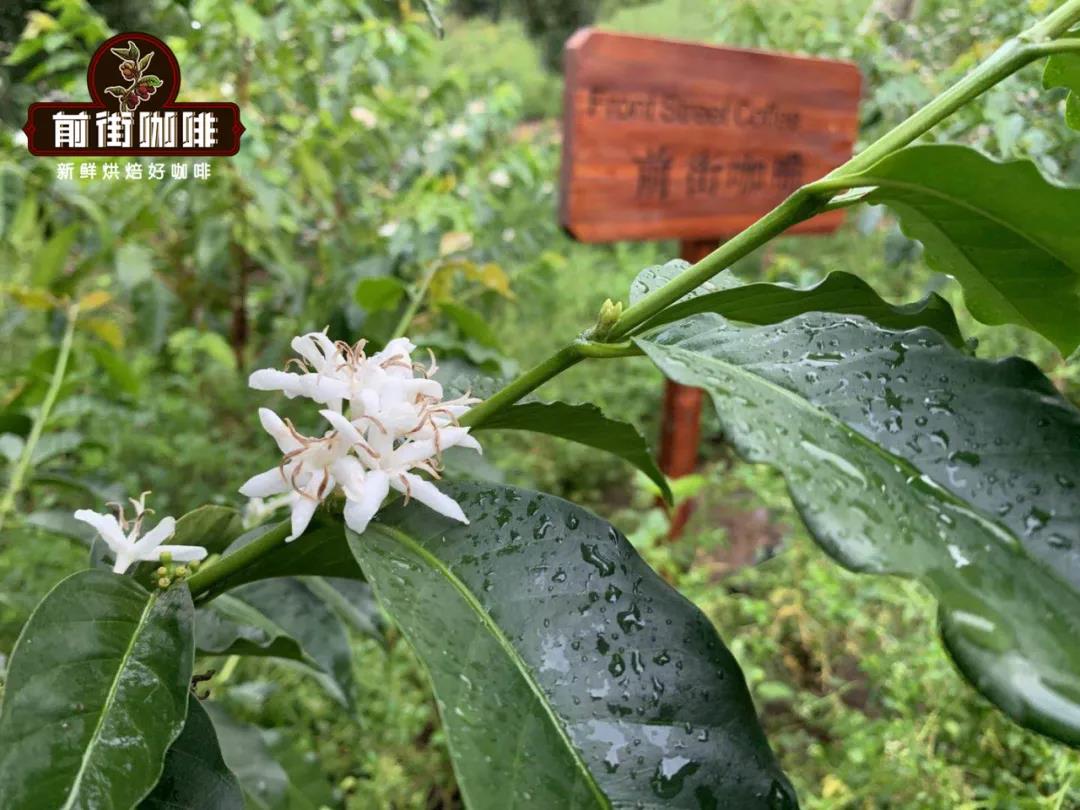
The unique natural conditions of Yunnan have formed the special flavor of Yunnan small-grain coffee, which is strong but not bitter, fragrant but not strong, and slightly fruity. As early as the 1950s, Yunnan small seed coffee was very popular in the international coffee market and was rated as the top grade of coffee. The planting areas are mainly distributed in Lincang, Baoshan, Simao, Xishuangbanna, Dehong and other areas. The average temperature of Baoshan is 21.5℃, and the highest is 40.4℃, which is basically frost-free all the year round. It is recognized as the best producing area of small-grain coffee.
At present, the planting area of coffee beans in Yunnan Province accounts for 70% of the national area, and the output accounts for 83% of the whole country. Yunnan coffee has established the dominant position in China in terms of planting area and coffee bean production.
[coffee bean treatment]
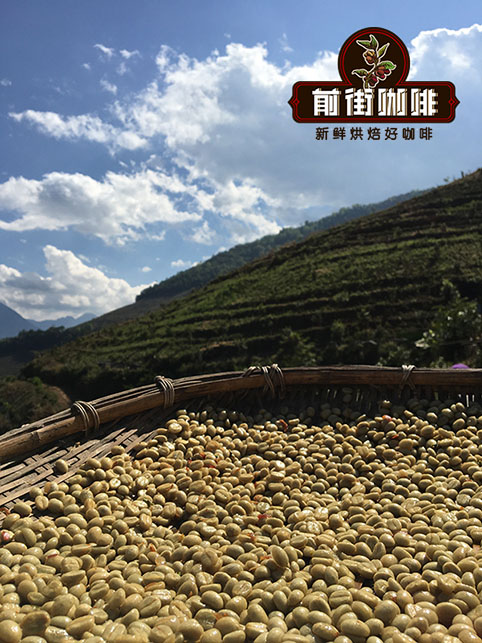
The treatment methods of coffee beans in Yunnan now tend to be diversified, such as solarization, washing and anaerobic treatment, showing a state in which a hundred schools of thought contend. At present, China's coffee market is still in the rising stage, and there is a lot of room for development. not limited to a particular way of handling coffee beans is actually a necessary way to explore the process, and determining the preferences of the public is the key.
[coffee bean varieties]
At present, the main varieties of coffee beans in Yunnan are iron pickup and Katim. Iron pickup is the oldest native variety in Ethiopia. Its top leaf is bronzed, and some people call it "red top coffee". The beans are large, pointed oval or thin. Iron pickup coffee has its unique quiet and clean flavor, as well as balanced features, high cleanliness, but the only drawback is insufficient production, altitude requirements, at the same time easy to infection with leaf rust, and resistance to diseases and insect pests is not strong.
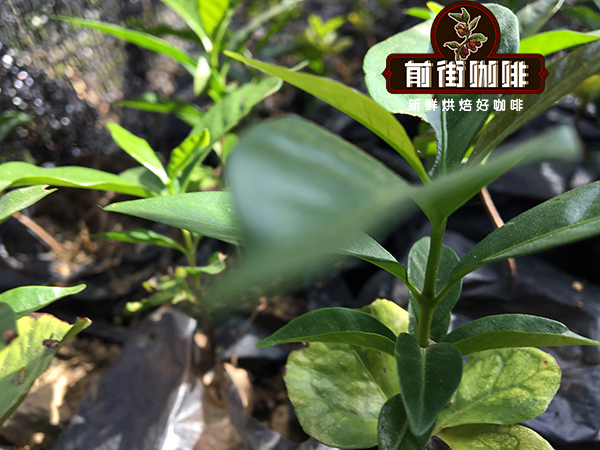
In 1959, the Portuguese moved the Brazilian bourbon mutant Kaddura to East Timor to interbreed with Tim, who was of Robusta descent, and unexpectedly succeeded in breeding Kadim with disease resistance and super production capacity. As leaf rust affects coffee-producing countries around the world, with the help of international organizations, countries vigorously promote Katim to fight leaf rust and increase production capacity.
[Yunnan small Coffee]
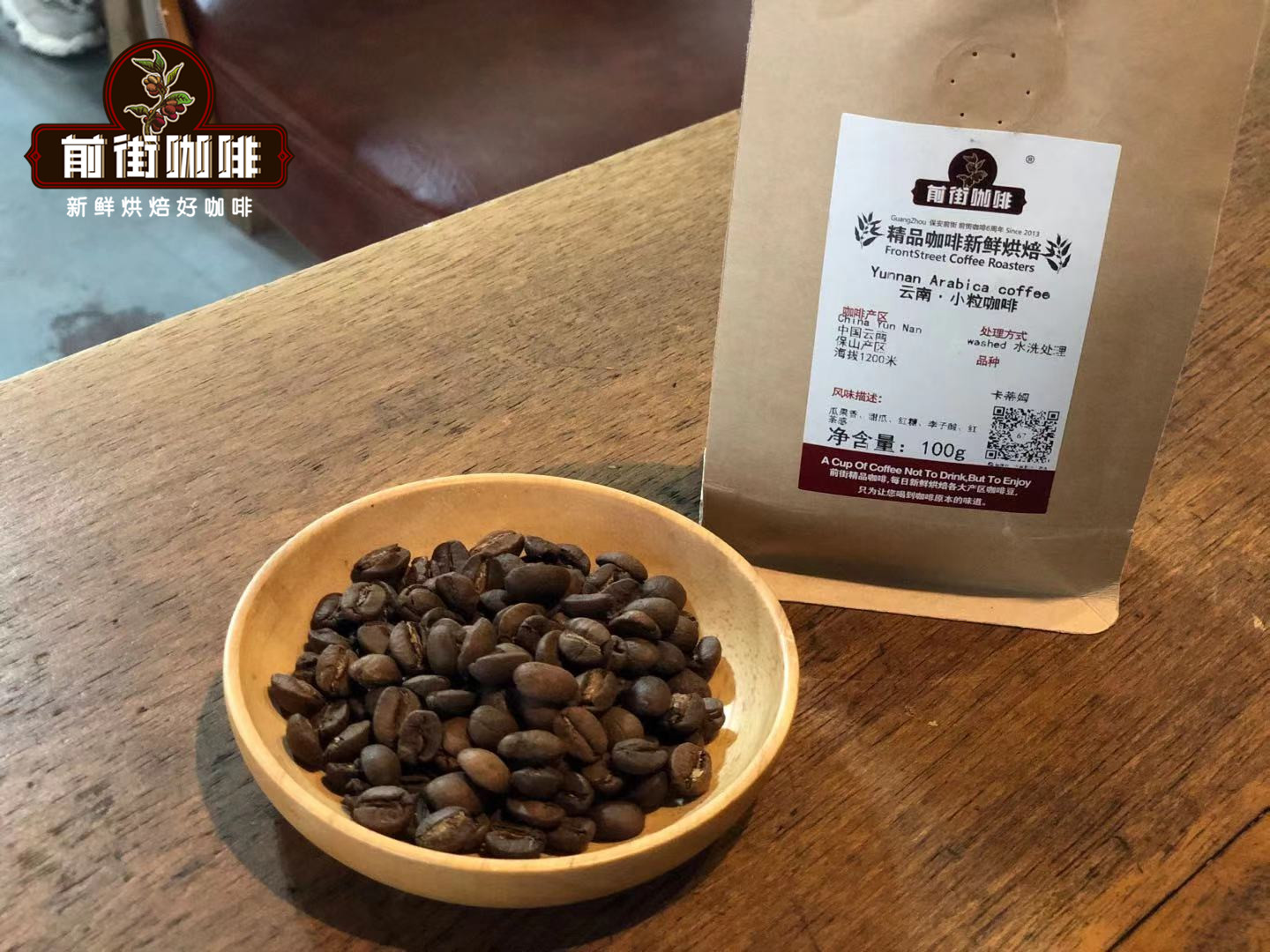
Cooking parameters: Kono filter cup, 1:15 ratio of powder to water, 15g coffee powder, medium and fine grinding
Flushing and cooking techniques: the staged extraction, 30g water steaming for 30 seconds, small water injection to 125g stop, and then water injection to the end of 225g, the whole extraction time was 2 minutes.
Palate: nutty aromas, with herbs, chocolate and caramel on the palate, with a hint of acidity in the finish.
[Vietnam]
Vietnam is the number one coffee producer in Asia. Perhaps under the influence of French colonial rule, coffee grown in Vietnam has a French flavor. Arabica coffee beans were brought to Vietnam by French missionaries in the mid-19th century and were grown near Tonkin Bay, mostly of Java or bourbon varieties.
At present, coffee production in Vietnam is growing. Qianjie coffee learned that the main variety of coffee beans exported is robusta coffee beans, 96% of robusta coffee beans come from small farms, and there are also a small number of large state-owned farms.
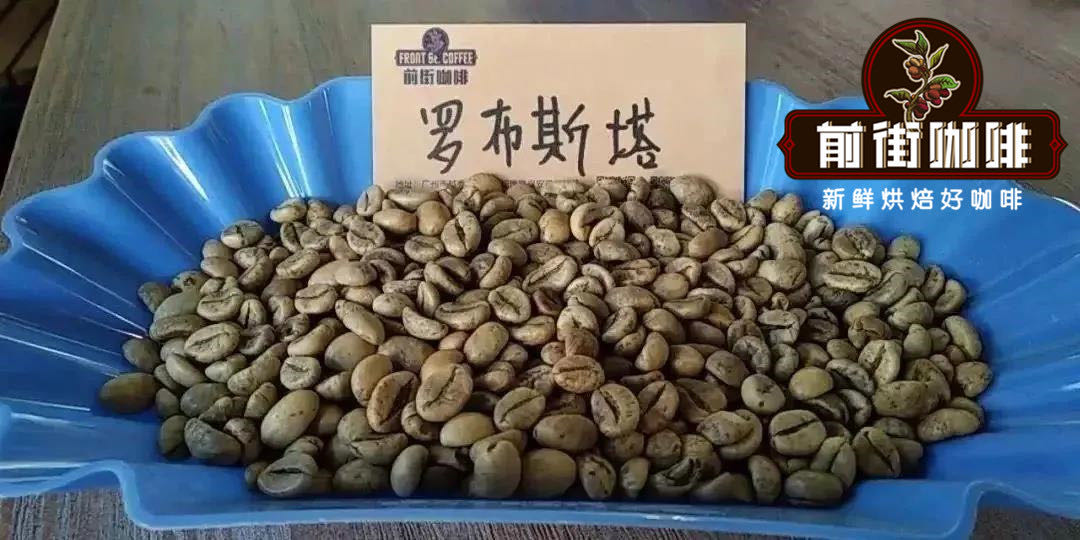
[India]
Qianjie Coffee learned that the way Indian coffee beans are treated is similar to that of Indonesia's old Mantenin, which is often referred to as monsoon treatment or wind stain treatment. In the past, passengers or goods sailed to and from India, which took about several months to reach Europe. During the transportation, due to the high humidity in the air, the taste and color of the raw coffee beans changed. By the time they arrived at the destination, the coffee beans had changed from the original green to a strange yellow.
But consumers are getting used to it, so when steamships shorten the journey time, coffee producers find that consumers still want beans that have changed color and taste as a result of the journey. In order to recover that special coffee flavor and make use of the advantages of Haiguo, the monsoon phenomenon occurs in southwest India in May and June every year, so during the monsoon season, people spread coffee in special houses that are open all around. it is about 12-20 cm thick, and the coffee beans are constantly turned over for 5 days so that they are uniformly exposed to the high humidity monsoon air. Finally, put the coffee beans in the bag and pile them up and continue to let the monsoon blow through the bag.
The bags are reloaded every week for a total of seven weeks until the coffee beans change color and taste. Finally, the coffee beans are hand-selected, remove those unaffected by the monsoon, and then bagged and exported.
[Indian style-stained Malaba coffee beans]
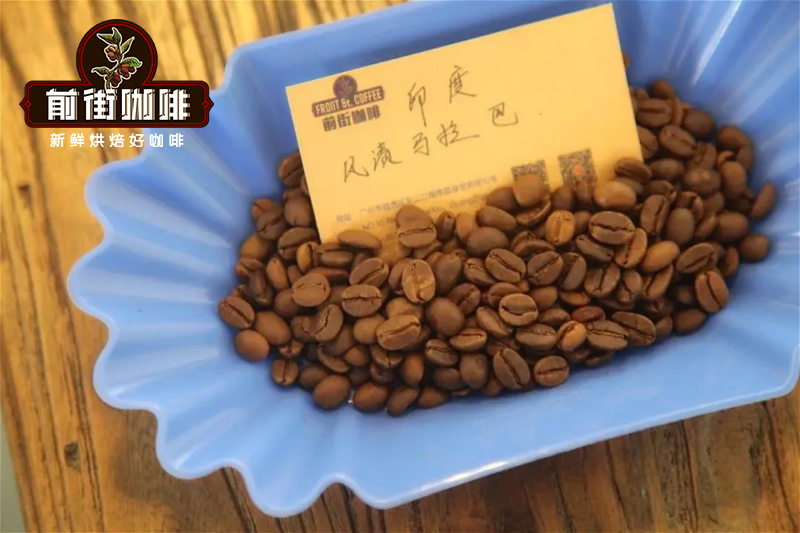
Cooking parameters: Kono filter cup, 1:15 ratio of powder to water, 15g coffee powder, medium and fine grinding
Flushing and cooking techniques: the staged extraction, 30g water steaming for 30 seconds, small water injection to 125g stop, and then water injection to the end of 225g, the whole extraction time was 2 minutes.
Palate: intense aromas of caramel, raisins and herbs, with a raspberry finish.
[Papua New Guinea]
Papua New Guineans see the bird of paradise as a symbol of freedom and happiness. PNG AA Sigri Manor Arabica Coffee, named Paradise Bird Coffee, has the same flavor as the name, with special spice and rich sweet and sour taste. For example, this coffee bean is bred by the Jamaican Blue Mountain Ironhide Card after a long journey to Papua New Guinea, with the same blood of the Jamaican Blue Mountain.
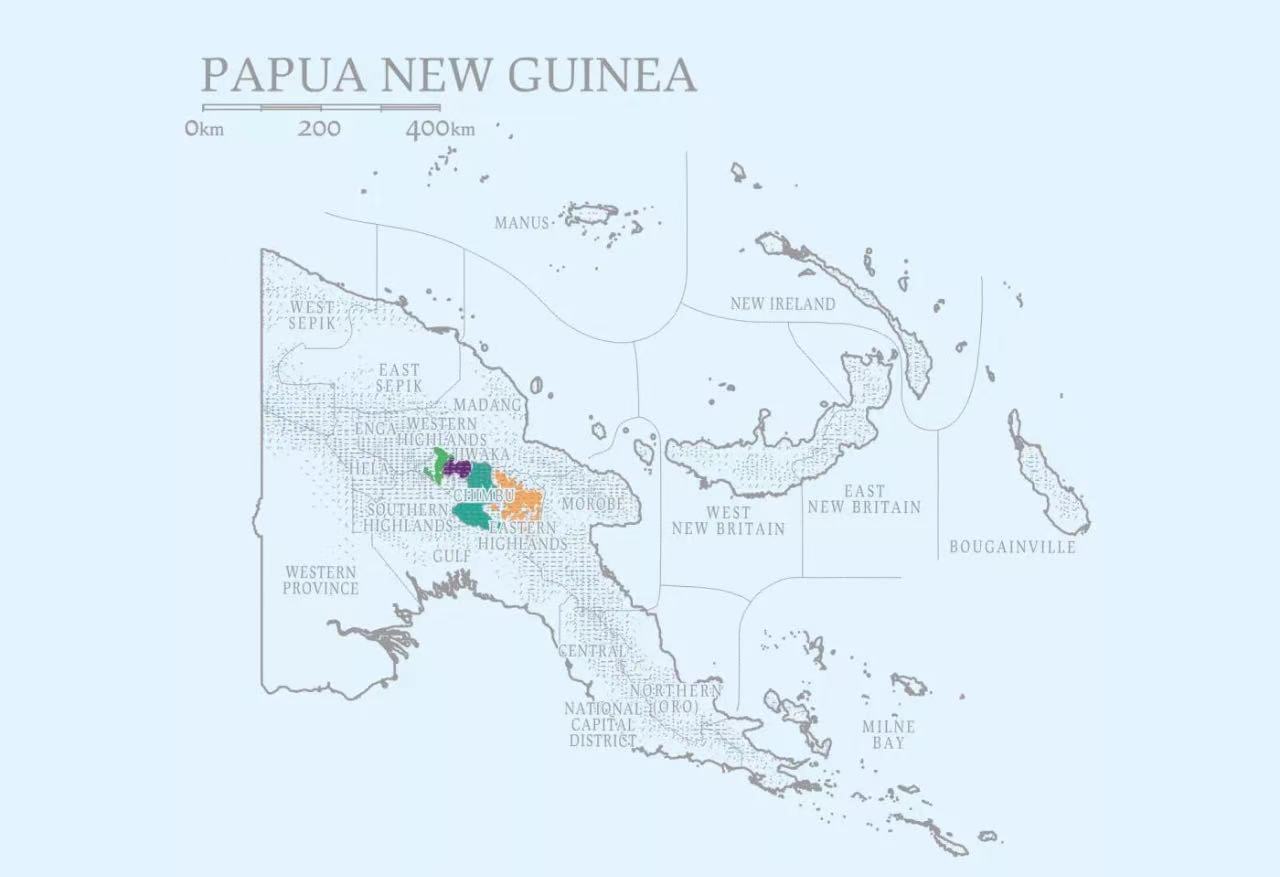
[coffee bean treatment]
In Papua New Guinea, coffee is a national crop, and 90% of it is grown by small farmers, supporting 1. 3% of the national income. Most of the small estates use the washing method to treat the coffee beans, which has a strong taste but no local flavor. In addition, they also use a small amount of sun treatment, which has a better flavor than the washing method. The taste of the large manor coffee is relatively clean and meticulous.
[coffee bean varieties]
Basically, the texture of Papua coffee beans is lighter than Java coffee beans in Indonesia, somewhat similar to good-quality Central American coffee beans. Most of the coffee trees in Papua New Guinea come from Tibica coffee trees in Jamaica, so they are known as the "Little Blue Mountain".
[Babu New Guinea Bird of Paradise Coffee]
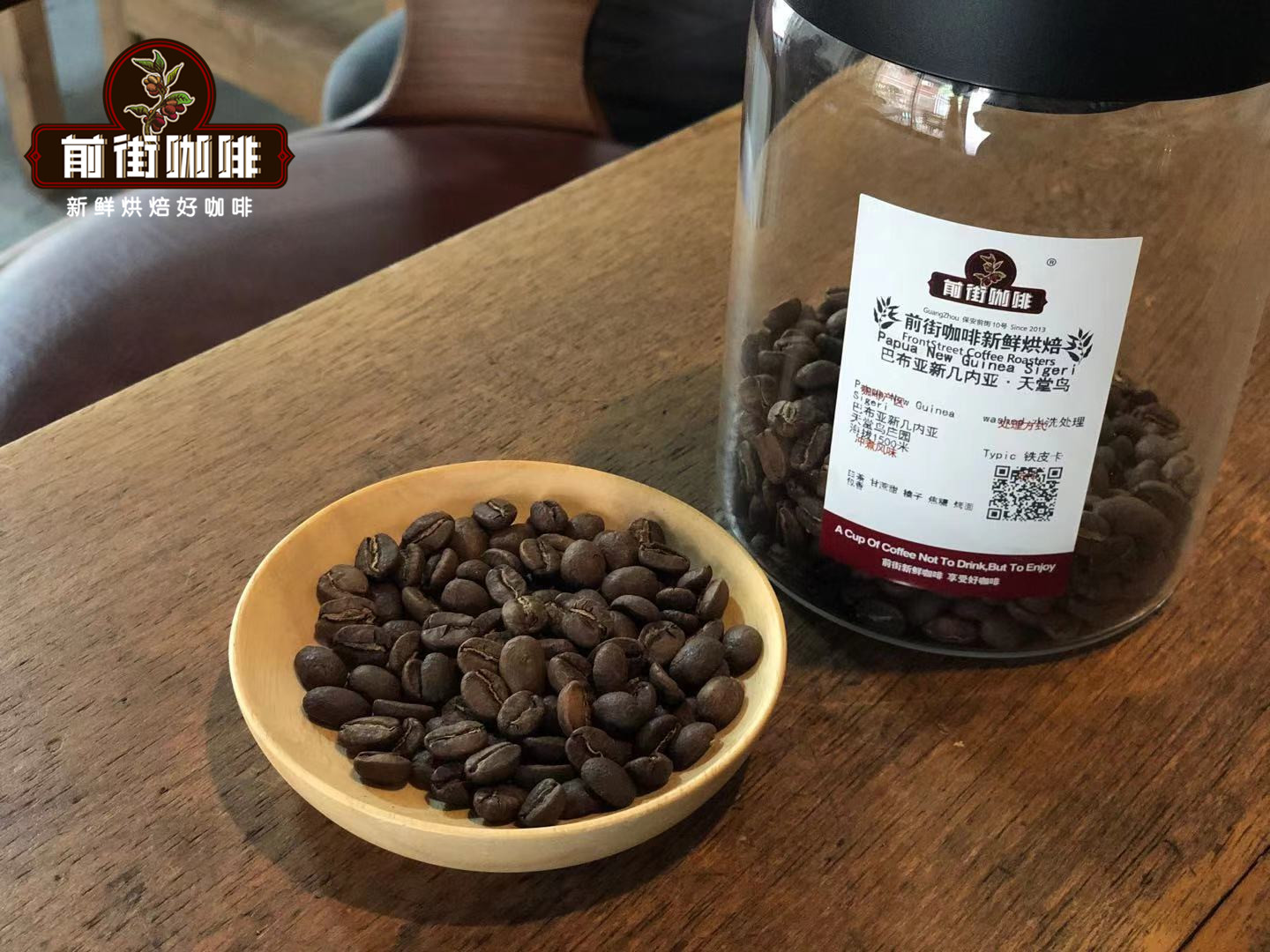
Cooking parameters: Kono filter cup, 1:15 ratio of powder to water, 15g coffee powder, medium and fine grinding
Flushing and cooking techniques: the staged extraction, 30g water steaming for 30 seconds, small water injection to 125g stop, and then water injection to the end of 225g, the whole extraction time was 2 minutes.
Palate: the palate is rich in layers, with sweet and bright acidity, with a special finish of spices, full-bodied and well-balanced.
For more boutique coffee beans, please add private Qianjie coffee on Wechat. WeChat account: kaixinguoguo0925
Important Notice :
前街咖啡 FrontStreet Coffee has moved to new addredd:
FrontStreet Coffee Address: 315,Donghua East Road,GuangZhou
Tel:020 38364473
- Prev

Video course of Coffee Powder pressing skills-- Coffee Powder pressing correct method
1, powder thickness XX bean grinder scale should be adjusted to? The scale is just a reference. Different brands have different grinding scales, and the performance of the same model bean grinder of the same brand under the same scale is not exactly the same. It is better to understand it this way: the scale only tells you which direction is thick and which is fine. When you find the right powder thickness, the role of the scale will be slightly displayed.
- Next

What are the major coffee-growing countries in Asia
Although Brazil produces 30 to 35% of the world's coffee annually, ranking first in the world, none of the Brazilian beans can be called the top coffee. The mountains are covered with coffee trees in southern Brazil, but Santos is the only one that can be put on the table; most of the other hastily processed beans are used to make instant coffee and easy-to-open coffee. Santos coffee maker
Related
- What documents do you need to go through to open a coffee shop? coffee shop coffee shop certificate processing process
- How to purchase Coffee beans in small Cafe how to choose a suitable supplier for domestic Coffee supply Company
- How to drink Starbucks Fragrance White Coffee? how to make Australian White Coffee? what Italian coffee beans are recommended?
- The Story of Flora Coffee: the name of Flora Coffee Bean and the implication of the Flowers on Florna Coffee
- How much does a cup of coffee cost? How much is the profit of a cup of coffee? What is the profit of the coffee shop in a year?
- Yunnan small Coffee, known as "fragrant Coffee", introduces the characteristics of Alpine Arabica Coffee producing areas in Yunnan, China
- 2023 latest Starbucks full menu price list how much is a cup of Starbucks coffee what is better to drink the most popular hot and cold drinks recommended
- Starbucks different kinds of Coffee Price list Starbucks menu 2023 Top Ten Best drinks in Starbucks
- Starbucks Spring praise Comprehensive matching Coffee Bean theme Story Packaging implication and taste description
- The cost of a cup of coffee latte American coffee cost price and selling price

